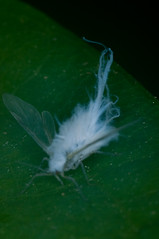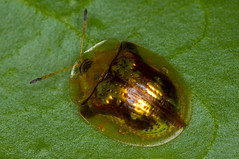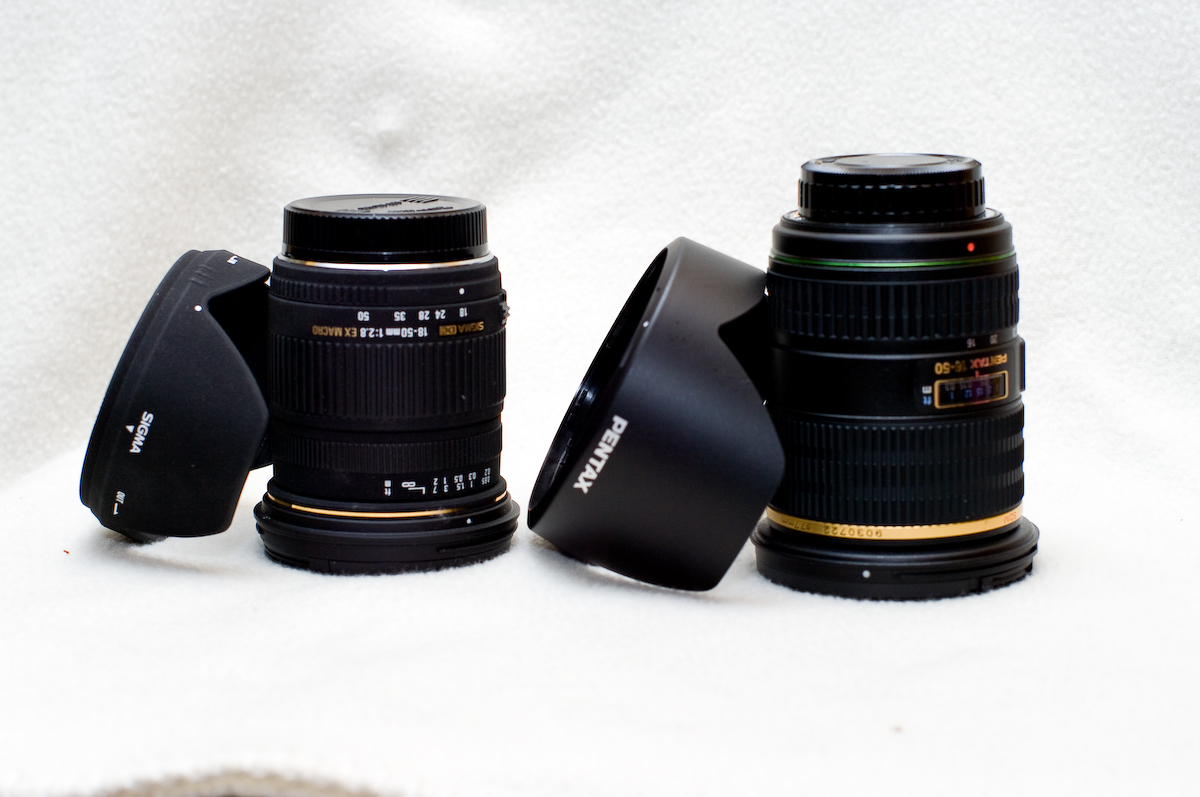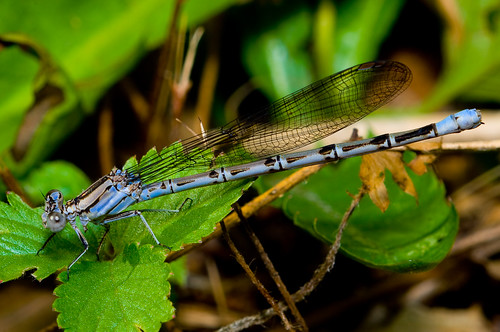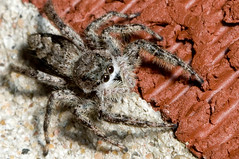
KC Sunset
Originally uploaded by jstevewhite
Many of the most interesting outdoors photographs you've seen in magazines all your life were shot in the hours of dawn +/-1 hr and dusk +/- 1 hr. There are a few reasons for this. For nature photographers, it's a requirement; many - even most - animals are most active during those two time slices. Fortunately, those hours also provide the most interesting light.
That's why, when you watch documentaries about, say, the Sports Illustrated Swimsuit Edition, you see them rousting the models at 4:00 am and getting them ready to shoot. When the sun lights up the sky from low angles and makes gorgeous clouds and colors, you get the "golden hour"; the whole sky becomes your softbox, and that pink/gold cast that we see periodically is simply magical for images.
So Saturday we had storms around KC, and I've been wanting to catch the city, lit up by the low-angle sunlight, against dark, glowering clouds for some time, so I set out to do so. Left the house at 7:30-ish and drove down to the city, looking for places to shoot from. What I discovered is that most of the clear view locations from where I'd remembered seeing the images I wanted to capture were in the middle of highways or streets. Obviously, in retrospect. What I discovered is that vehicular scouting for locations with a certain view is frustrating and not very productive. I finally got a couple of semi-decent shots - not what I'm looking for, yet , but sorta ok - standing in the middle of Main Street at 30th or so.
Anyway, after I gave up on that particular task because I was having zero luck, I was driving home. I happened to see the shot above, and couldn't resist. The couple on the bridge spoke to me - "Pretty cool, ain't it?" and then went back to watching the sunset. I couldn't resist getting a couple of shots with the couple in-frame. I wish the phone lines hadn't been there, though.


